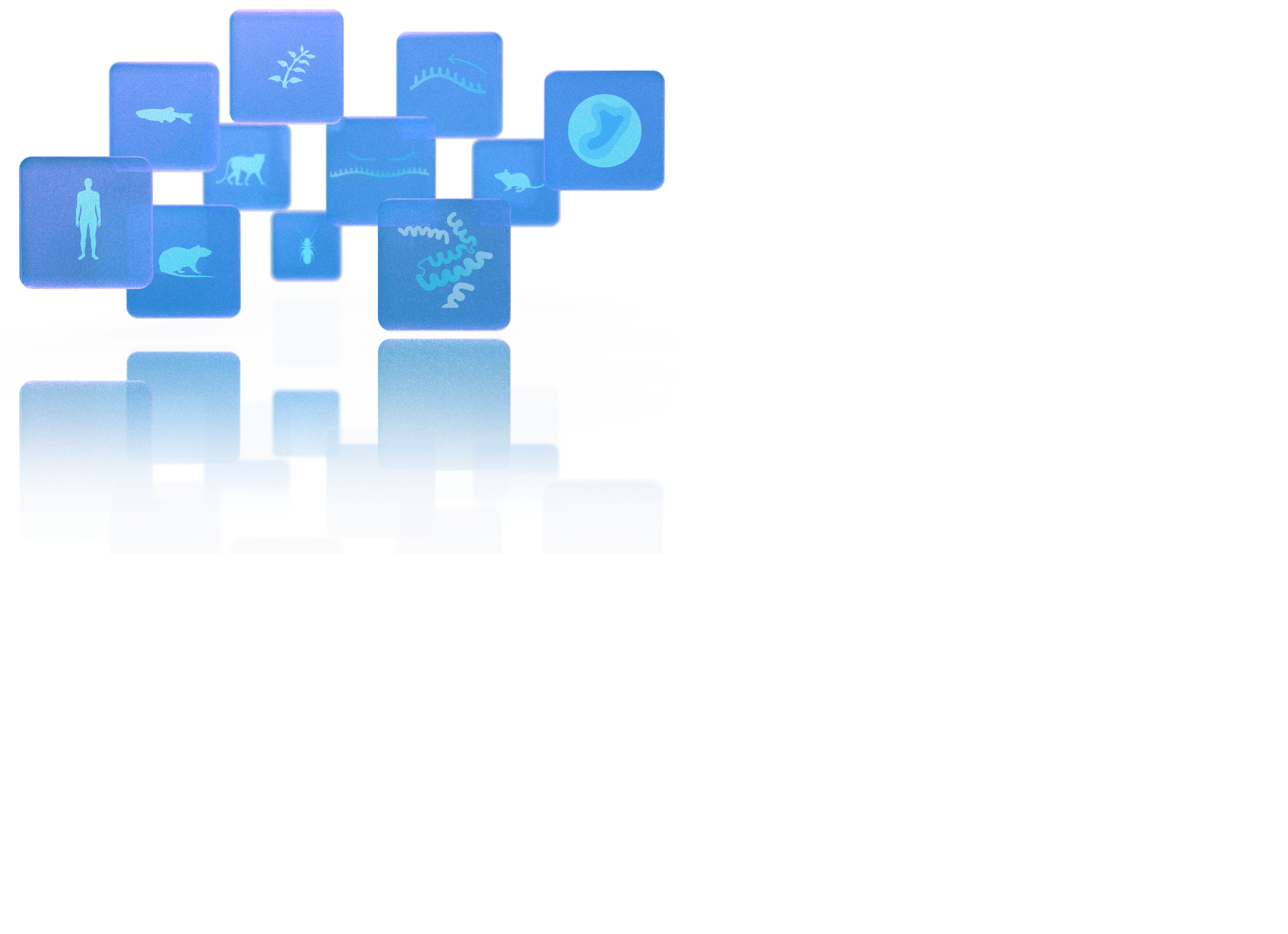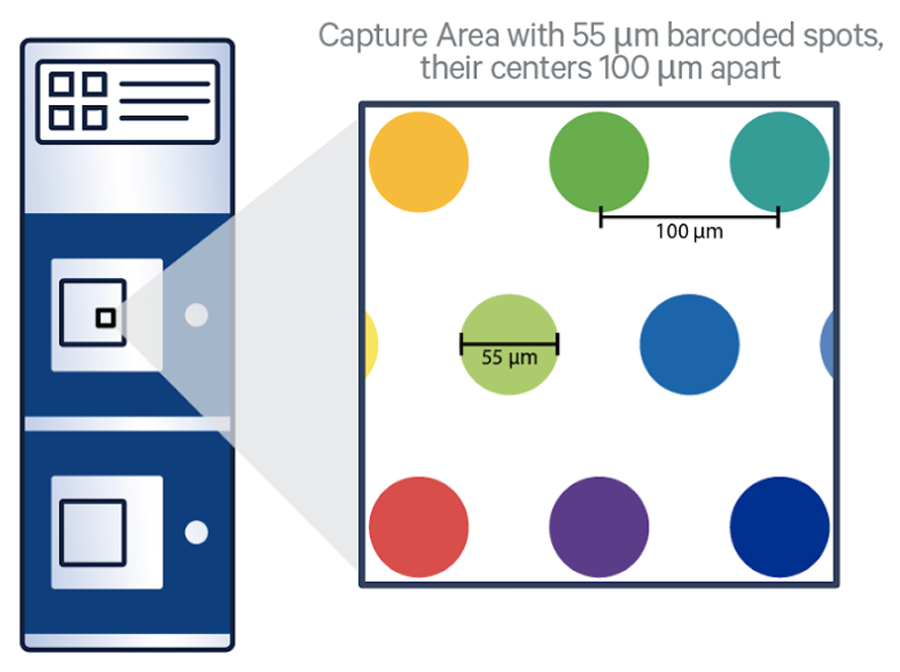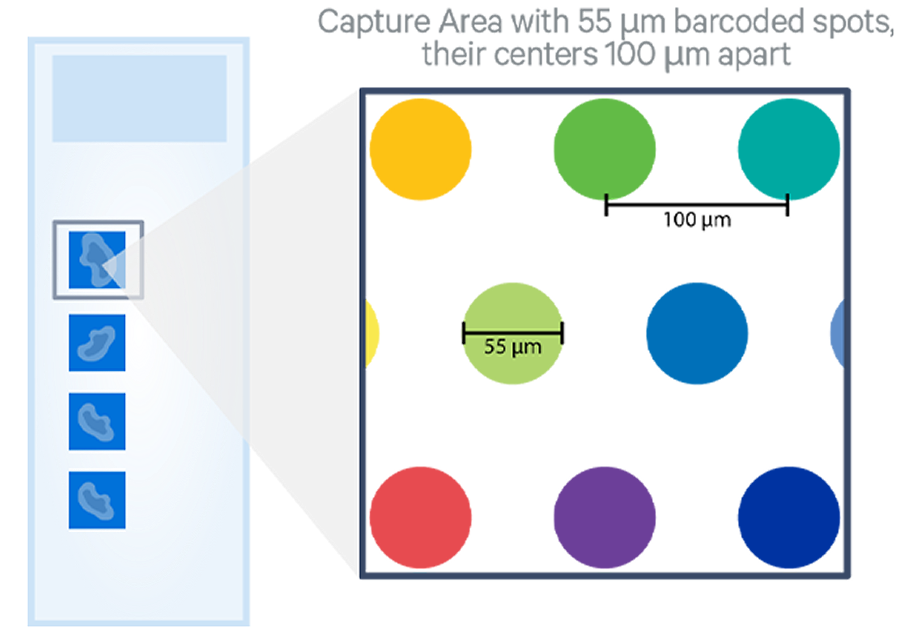Need help choosing?
HD WT Panel Gene Expression
Protein coding gene coverage
- Recommended assay for differential gene expression in human and mouse
- Most flexible tissue compatibility
- Most sequencing-efficient Visium HD assay
HD 3’ Gene Expression
Whole transcriptome coverage
- Recommended assay for expanded discovery applications
- Most diverse species compatibility
- De novo discovery, including feasibility for isoforms, TCRs/BCRs, and more
Probe-based
3' poly(A) capture-based (Reverse transcription)
Human
Mouse
Agnostic
FFPE tissue
Fresh frozen tissue
Fixed frozen tissue
Fresh frozen tissue
- Tissues sectioned onto glass slides
- Tissues sectioned onto glass slides
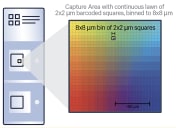 Continuous lawn of 2 μm x 2 μm barcoded squares for single cell–scale resolution
Continuous lawn of 2 μm x 2 μm barcoded squares for single cell–scale resolution
 Continuous lawn of 2 μm x 2 μm barcoded squares for single cell–scale resolution
Continuous lawn of 2 μm x 2 μm barcoded squares for single cell–scale resolution
- 6.5 x 6.5 mm (2 Capture Areas per slide)
- 6.5 x 6.5 mm (2 Capture Areas per slide)
Gene expression
Protein (IF)
Morphology (H&E)
Gene expression
Morphology (H&E)
First-generation assays
v2 WT Panel Gene Expression
Protein coding gene coverage
- Probe-based chemistry for human and mouse FFPE, fresh frozen, and fixed frozen tissues
- Multiomic option with immuno-oncology focused protein panel
- Resolution of 1–10 cells per 55µm barcoded spot
v1 3’ Gene Expression
Whole transcriptome coverage
- 3’ poly(A) capture-based chemistry for fresh frozen tissues from diverse species
- Resolution of 1–10 cells per 55µm barcoded spot
Resources to get started
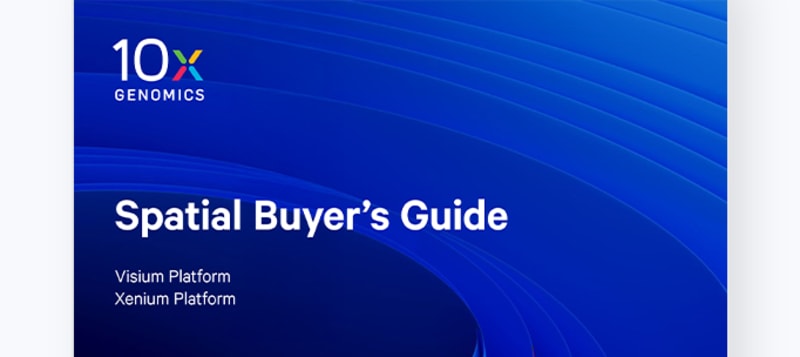
Spatial Buyer's Guide (coming soon)
Explore the unique strengths and applications of the 10x spatial portfolio, plus compare and contrast the Visium and Xenium platforms to find the right fit for your needs.
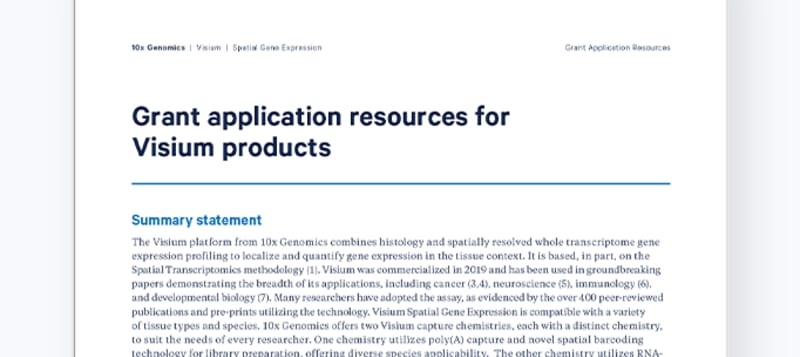
Grant writing resources
Get the information you need to write grants featuring Visium experiments (including a technology overview, benchmarking data, and more).
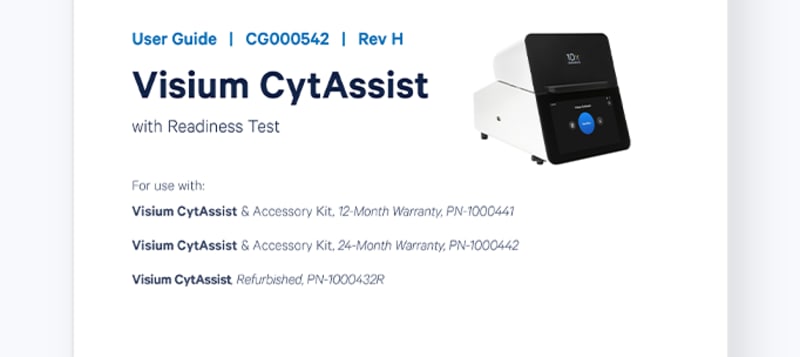
User guides
Find helpful user guides and technical documents to get started with Visium HD spatial assays.
Featured publications
Systematic benchmarking of high-throughput subcellular spatial transcriptomics platforms
Demonstrated the Visium HD assay has superior spatial fidelity compared to other commercially available sequencing-based spatial transcriptomics platforms.
bioRxiv, Dec 2024
Ren P et al.
Characterization of immune cell populations in the tumor microenvironment of colorectal cancer using high definition spatial profiling
Mapped critical immune cell interactions in the colorectal tumor microenvironment.
Nature Genetics, Jun 2025
Oliveira MF et al.
Tissue-resident memory CD8 T cell diversity is spatiotemporally imprinted
Discovered that regionalized signalling drives two distinct T-cell states in the small intestine.
Nature, Jan 2025
Reina-Campos M et al.
